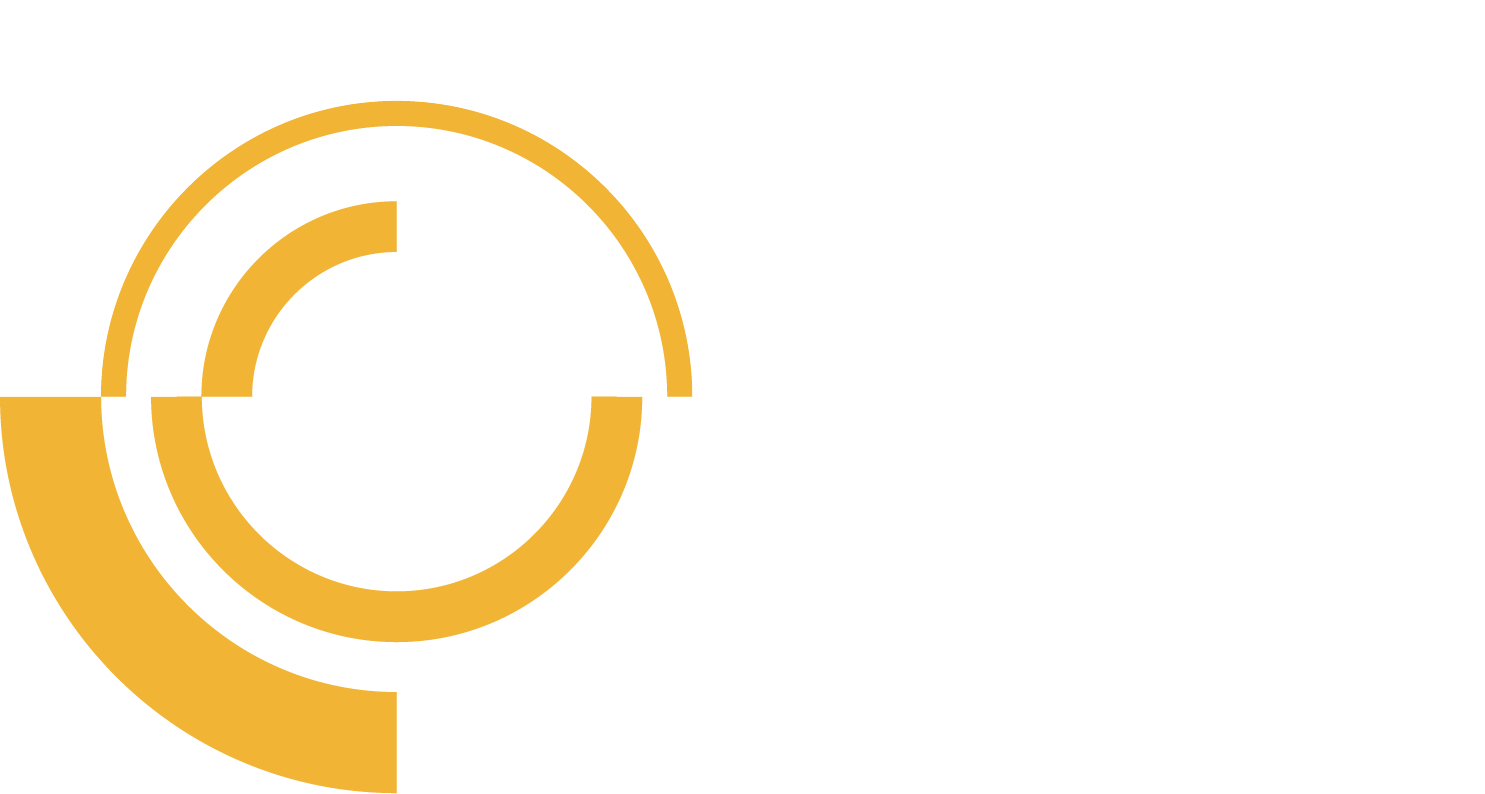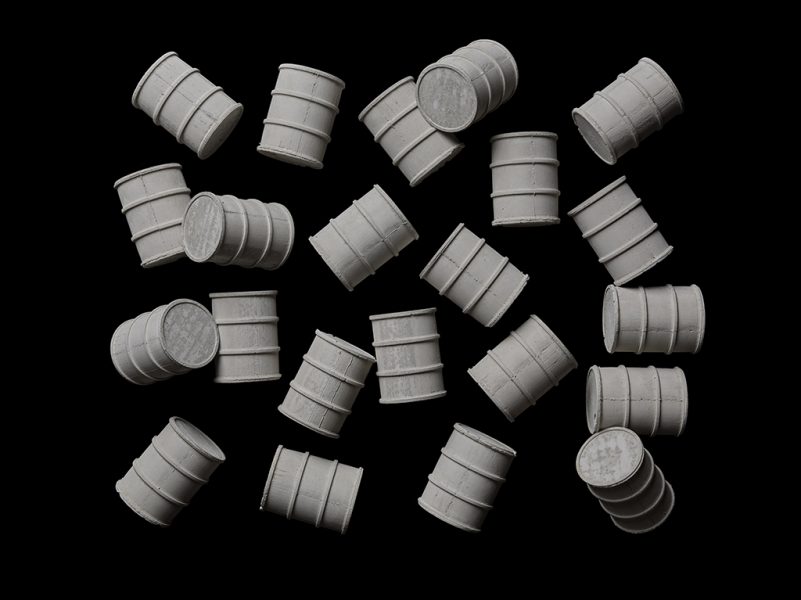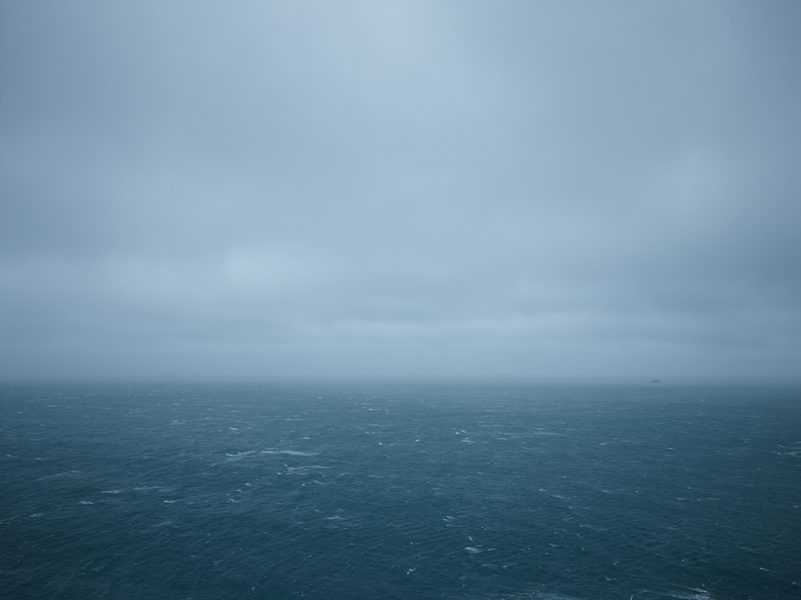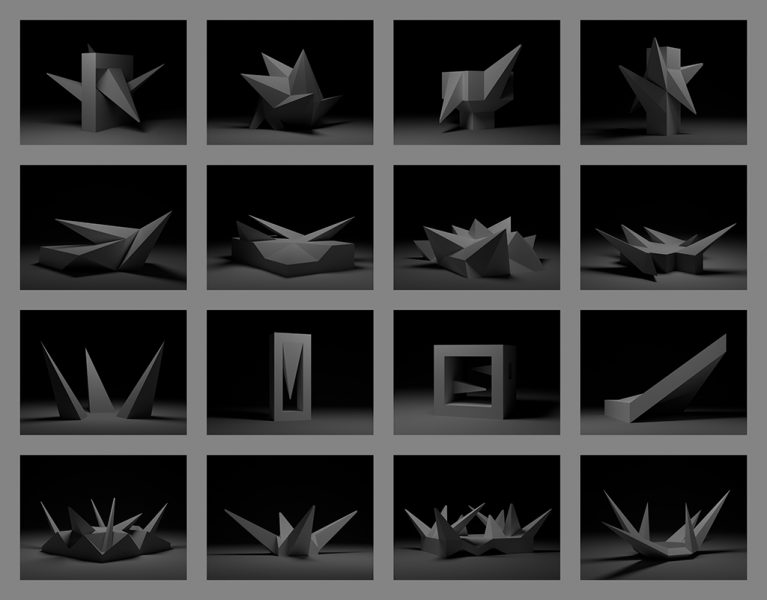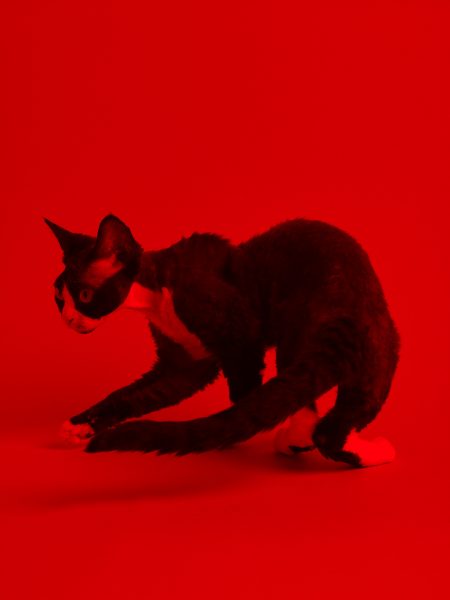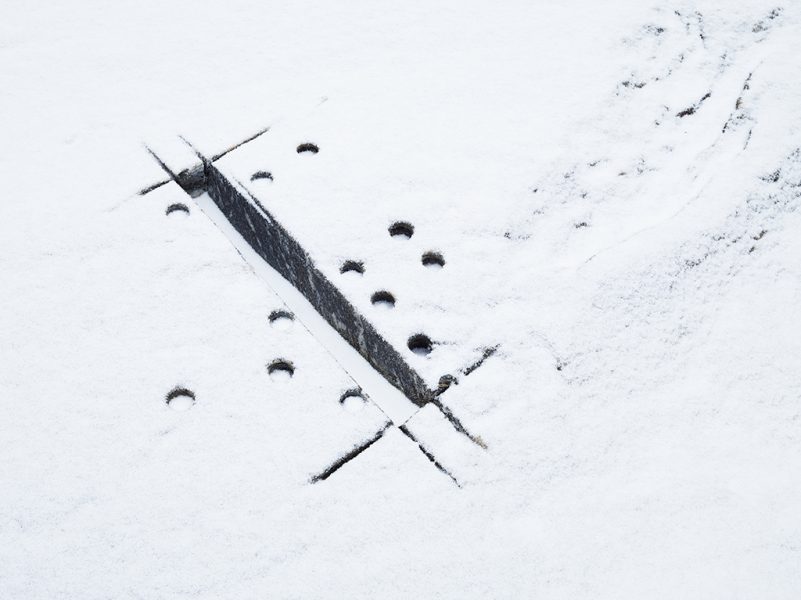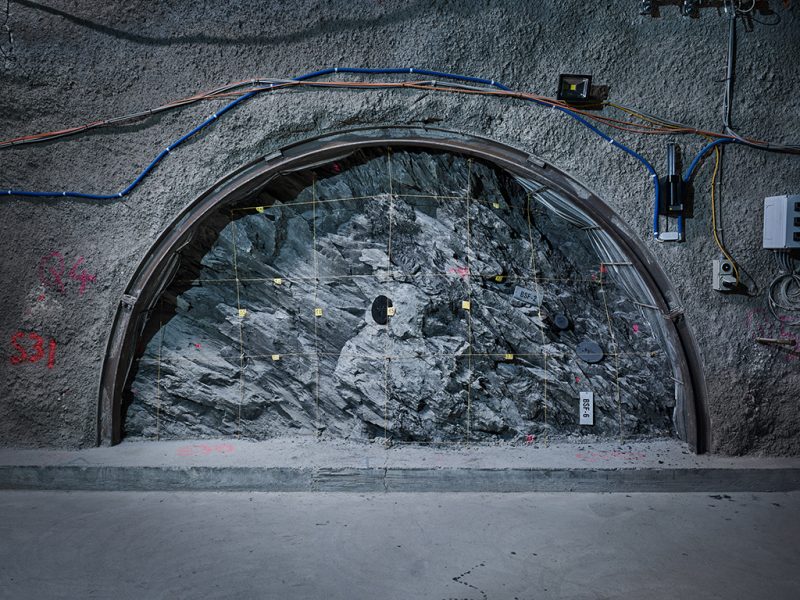About The Exhibition
Belfast Exposed presents AEON, a solo exhibition by Swiss photographer and artist Marcel Rickli. AEON explores radioactive waste repositories and how they will affect humanity for generations to come. Rickli explores how humanity can create symbols and language that will be capable of warning future generations of the dangerous sites for thousands of years to come. This exhibition, and also Street View: Yan Wang Preston, are underpinned by a concern and reverence for the environment and demonstrates Belfast Exposed's commitment to show work that focuses on and highlights environmental issues.
How can we protect future generations against highly radioactive waste produced in our nuclear power plants and other waste-producing industries? They will pose a danger to life for hundreds of thousands of years. Beyond ensuring the safety of the geological sites we must also consider novel visual communications solutions to warn future civilizations of the danger posed by these sites.
Communication with future generations poses its own questions about the role of language and culture in the transmission of information over extremely long periods of time, but also about the almost uncontrollable human risk we pose to ourselves.
Rickli reflects on these pressing concerns in a work that blurs the lines of documentary photography and conceptual art. AEON contrasts the symbols of nuclear semiotics with imagery of radioactive storehouses as they are planned and built today. The project illustrates the difficulty of defining signs and symbols whose meaning and physical structure can last to communicate for future generations. It poses questions about the future of mankind, unites approaches from physics, futurology, anthropology and sociology and culminates in the simple but existential question: What endures?
The Artists
Marcel Rickli
Since 2011, Marcel Rickli has been exploring the ways in which we are fundamentally changing our planet in an ongoing series of photographic field studies. The energy and resource requirements of humanity and their resulting environmental impacts, which are often severe and irreversible, form the leitmotif of his work. In previous works, Marcel Rickli trained his camera on ore mining in Sweden, which results in massive land subsidence and has even caused the resettlement of an entire city (“Kiruna / 2015”), as well as on brown coal mining in Germany, to which entire landscapes are sacrificed (“Lausitzer Braunkohlerevier / 2015”). New hopes in the fight against climate collapse have also caught his attention: pictures of the world’s largest wind farm in the Gobi Desert and a Chinese solar power plant that couldn’t be more futuristic illustrate what the energy revolution could look like (“Ambivalent / 2017 – 18”). Rickli’s work impressively captures an epoch in which humankind has become the most important influencing factor on our planet’s biological, geological and atmospheric processes: the Anthropocene.
Acknowledgements
'Aeon' at Belfast Exposed is generously supported by the Arts Council of Northern Ireland and Belfast City Council.
